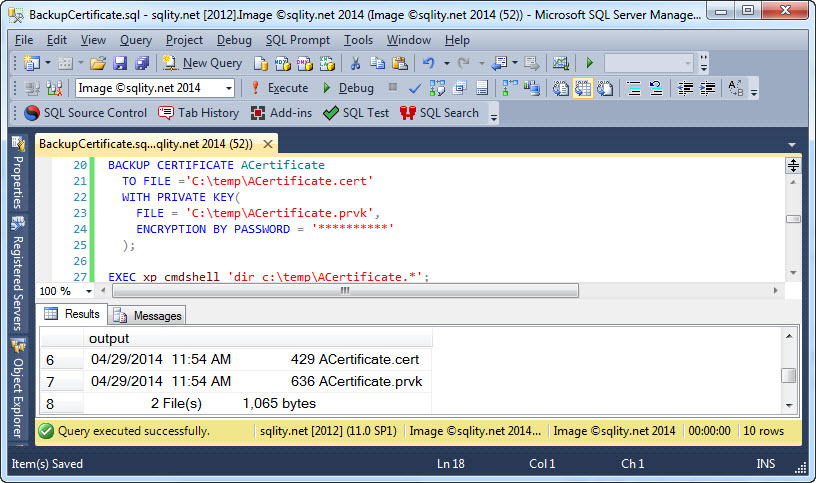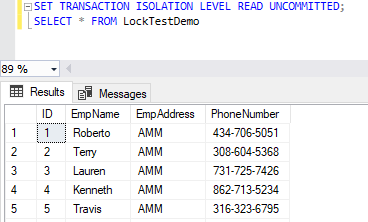
01-07-2021 12-10-2016 by suresh. For example: INSERT INTO contacts (contactid, lastname, firstname) SELECT employeeid, lastname, firstname FROM employees WHERE employeeid < 100 SQL CASE Statement. This is extremely useful when you want to make a copy/backup of Query: Without ‘AS’ DECLARE VARCHAR (10) You can also create more complicated SQL Server INSERT statements using SELECT statements. It makes the new table similar to existing table with all columns and types and then insert data into new table. SQL SELECT INTO Statement SELECT INTO Statement is used to select data from an existing table and insert into a new table.
...


A local variable can be displayed using PRINT as well as SELECT COMMAND DECLARE VARCHAR (10)SELECT = Tutorial_name from Guru99 where Tutorial_ID = 5PRINT this particular case, the variable is EMPTY, i.e., NULL.SELECT * from Guru99 where Tutorial_id = Facts! DECLARE VARCHAR (10)PRINT this special case, variable value is set to the value of the last row.Query 3: The query returns zero rows. DECLARE VARCHAR (10)SELECT = Tutorial_name from Guru99 where Tutorial_ID = 3PRINT 2: The query returns multiple rows. Unlike SET, if the query results in multiple rows then the variable value is set to the value of the last row.Query 1: The query returns one row.
We can declare it as, for example: Creating a local variable with the name as is also allowed. SET complies with ANSI standards whereas SELECT does not.


 0 kommentar(er)
0 kommentar(er)
